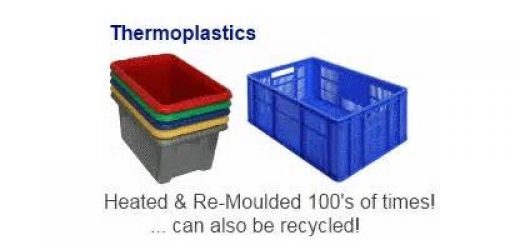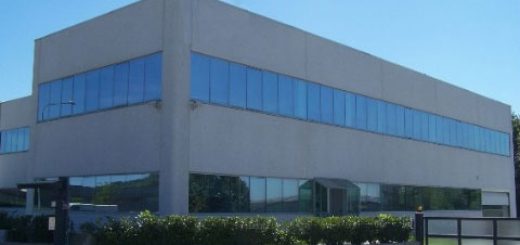Importance and uses of polyesters, How is polyester made and Where is polyester mostly used?
The polyester is the choice of fiber and fabric for many industries. It can be applied to many useful purposes, It is a very important polymer, And it is used in clothing, food, packaging, plastic water bottles, and carbonated soft drinks bottles.
Polyester
Polyesters are a class of synthetic polymers widely used in various industries due to their versatile properties. Polyesters play a crucial role in modern life due to their wide range of applications across various industries. Their durability, versatility, and cost-effectiveness make them indispensable in textiles, packaging, construction, electronics, and many other fields.
The polyester as the thermoplastics may change shape after the application of heat, While combustible at high temperatures, They tend to shrink away from the flames and self-extinguish upon ignition. The polyester fibers have high tenacity and E-modulus as well as low water absorption and minimal shrinkage in comparison with other industrial fibers.
Polyester is a category of polymers that contain the ester functional group in their main chain, it refers to a type called polyethylene terephthalate (PET), The polyesters include naturally occurring chemicals such as in the cutin of plant cuticles.
They include also synthetics through step-growth polymerization such as polybutyrate, The natural polyesters, and a few synthetic ones are biodegradable but most synthetic polyesters are not.
Polyester is used in the manufacturing of all kinds of clothes and home furnishings like bedspreads, sheets, pillows, furniture, carpets, and curtains.
While clothing is the most popular use of polyester, it is also used to make plastic bottles, It is also used to manufacture high-strength ropes, thread, hoses, sails, floppy disk liners, power belts, and much more in industries.
Polyester is used in the manufacturing of balloons, These balloons are made of Mylar which is a kind of polyester film, The balloons are made of a composite of Mylar and aluminum foil.
The polyester can also be made into thin films that can be used in food packaging, audio and videotapes, electrical insulation, and X-ray films.
Polyester fiber is used as cushioning and insulating material in pillows, comforters, and upholstery padding, They are also used to make bottles, films, tarpaulin, canoes, liquid crystal displays, holograms, filters, dielectric film for capacitors, film insulation for wire and insulating tapes.
Polyesters are widely used as a finish on high-quality wood products such as guitars, pianos, and vehicle interiors, industrial polyester fibers are used in the yarns and the ropes that are used in Tyre reinforcements, fabrics for conveyor belts, safety belts, coated fabrics and plastic reinforcements with high-energy absorption.
The fabrics woven or knitted from polyester thread or yarn are used extensively in apparel and home furnishings, from shirts and pants to jackets and hats, bedsheets, blankets, upholstered furniture, and computer mouse.
Characteristics of Polyester Fiber
Polyester fiber is strong, it is resistant to stretching and shrinking, it is resistant to most chemicals, It is easily washed and it has quick drying.
It is crisp and resilient when wet or dry, It has wrinkle-resistant, it has mildew-resistant, it is abrasion-resistant, and it retains heat-set pleats and creases.
Disadvantages of polyester
The main problem with synthetic fabrics like polyester is that they don’t breathe, So, You will feel high humidity all the time and many synthetic fibers also look too shiny and cheap.
Synthetic fabrics don’t give you the same sense of luxury, comfort, and happiness as natural fabrics like cotton, wool, and silk.
Importance of Polyesters
- Polyesters are known for their strength, resistance to stretching and shrinking, and ability to withstand harsh environmental conditions. This makes them ideal for applications where long-lasting materials are needed.
- Polyesters exhibit good resistance to many chemicals, including acids and bases, making them suitable for use in environments where chemical exposure is common.
- The properties of polyesters can be easily modified by changing the polymer structure or by blending with other materials. This adaptability allows for a wide range of applications.
- Polyesters are inexpensive to produce, especially compared to natural fibers, This cost efficiency contributes to their widespread use in various industries.
- Polyesters, particularly polyethylene terephthalate (PET), are highly recyclable. This makes them important in the context of sustainability and reducing plastic waste.
Uses of Polyesters
- Polyester fibers are commonly used in fabrics for clothing due to their durability, wrinkle resistance, and ability to retain shape.
- Polyester is used in making bed sheets, curtains, upholstery, and carpets.
- PET is a type of polyester, It is extensively used to make plastic bottles for beverages and other liquids.
- Polyester films are used in food packaging, thermal insulation, and electrical insulation.
- Polyester fibers can be used in tire reinforcements, providing strength and resistance to wear and tear.
- Polyesters are used in various components like seat belts, airbags, and interior fabrics due to their high strength and resistance to abrasion.
- Polyester resins are used in composites, adhesives, and coatings in construction materials.
- Polyester films are used for insulating wires and cables.
- Due to their flexibility and durability, polyester substrates are used in making flexible electronic circuits.
- Polyester fibers are used in surgical sutures due to their strength and non-reactivity.
- Polyesters are used in certain medical implants because of their biocompatibility.
- Polyester resins are used in manufacturing paints, coatings, and varnishes due to their durability, resistance to chemicals, and UV resistance.
- Polyester resins are used in combination with fiberglass to create strong, lightweight composite materials for automotive, marine, and aerospace applications.
- Polyester films are used as a base in photographic films, X-ray films, and printing plates due to their clarity and dimensional stability.
You can follow science online on YouTube from this link: Science online
You can download Science Online application on Google Play from this link: Science online Apps on Google Play
Polycarbonate panel advantages and disadvantages
Polycarbonate roofing sheets uses, types and properties




